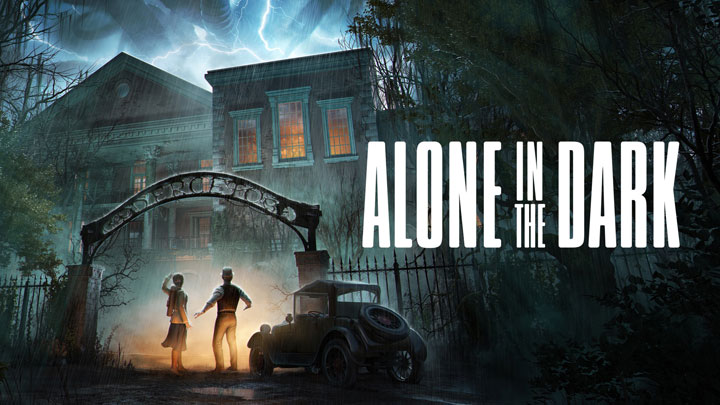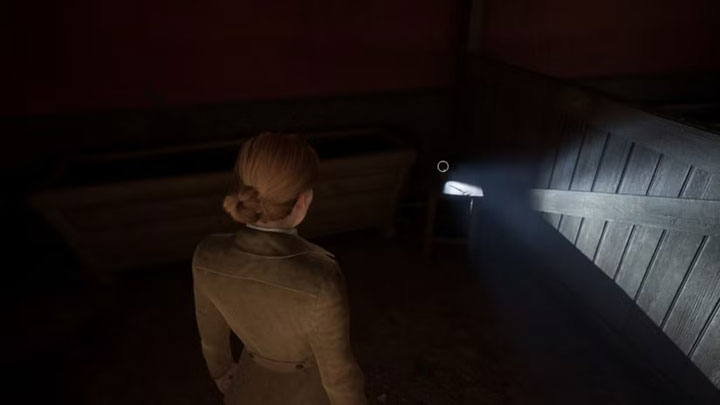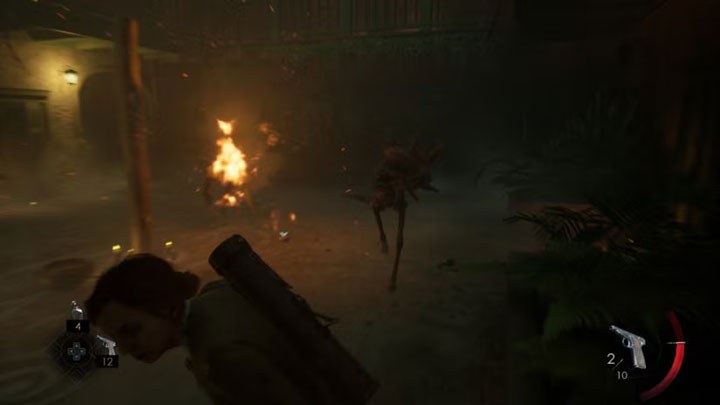

In the horrific yet engaging game Alone in the Dark, players can play as Edward Carnby or Emily Hartwood. As you navigate the eerie halls of Derceto Manor, you'll face gruesome creatures, mind-bending puzzles, and hidden truths. Whether you're a newcomer or a fan of the original title, this reimagined version comes with significant changes—most notably, a modern third-person camera replacing the original fixed angles. To make the most of your journey, it's essential to understand how to explore effectively, survive encounters, and manage your resources.
Search Every Nook and Cranny

Right from the beginning, adopt a mindset of thorough exploration. Interact with as many objects as you can. Even items that seem insignificant—like Lagniappes—can reward you with hidden lore, weapons, or bonuses. You can also switch on helpful UI options that highlight important items with circles, making it easier to spot them in the environment.
If you're just getting started and want a fresh run, you can find cheap Alone in the Dark accounts online—perfect for gifting, region switching, or playing on a second profile.
Understand the Map Color System
Once you acquire the map, rooms will display in different colors to indicate their exploration status:
●Gray areas remain unexplored or are currently inaccessible.
●Pink rooms have been entered, but you haven't yet found everything or completed all objectives inside.
●Blue rooms are fully cleared, including optional items and puzzles—no need to revisit these.
If a puzzle stumps you, don't stress—just move on and come back later when you're better prepared.
Stay Alert to Changes in Atmosphere
Environmental shifts often foreshadow danger. If a room suddenly grows darker or its layout changes unexpectedly, it's usually a sign that a monster is about to appear. Keep your weapon at the ready the moment you notice these changes. Sometimes these shifts are triggered by cutscenes, but they can also occur without warning—so always stay alert.
Use the Third-Person View to Your Advantage

The third-person perspective provides key tactical benefits. Instead of walking blindly into danger, use the camera to peek around corners or spot enemies from a distance. You'll often hear creatures before you see them, and with proper camera control, you can plan your moves without stumbling into an ambush. This also helps track roaming enemies and pick a safe path.
Combat or Stealth? Choose Wisely
Combat doesn't offer rewards like experience or loot, so unnecessary fights only drain your resources. Stealth is often the better approach. Two key tools can help you manage enemies:
●Bricks are useful for making noise and temporarily stunning enemies. Use them to distract or create openings.
●Molotovs inflict fire damage and are particularly effective against many foes. Some need to be ignited with a firearm, while others explode on impact. Be careful—they can hurt you too.
Study enemy patrol patterns and sneak past whenever possible. If you get caught, look for platforms or objects you can climb to escape.
When You Must Fight
If you're planning a new playthrough or experimenting with different builds, many players choose to buy Alone in the Dark account separately to keep their main run untouched. A second fresh slot can be ideal for practicing combat or trying new difficulty settings.
If avoiding conflict isn't an option, rely on your firearm and don't be too frugal with ammo—it's reasonably abundant. The same rule applies to healing items: you can only carry a limited amount (typically five), and each heals a set portion of your health. Use them wisely to maintain your survivability rather than hoarding them.
Melee weapons degrade over time. When your weapon is about to shatter, keep an eye out for a yellow warning icon. Replace it early to avoid being left defenseless mid-fight.
Quick Strikes Win Fights
Forget about slow, heavy attacks. In addition to being quicker, quick attacks frequently paralyze opponents, letting you chain strikes until they fall. Just be cautious around groups—if your weapon can't reach all targets, you'll take damage during the gaps in coverage.
Make Room for Recovery

When you need to heal or reload, you're vulnerable, as these actions lock you in place. Try to create distance or use barriers like furniture, vehicles, or debris to block incoming attacks. Sprinting and quickly navigating corners can help you escape pursuit and find a safe space to recover.
Don't Be Afraid to Die
Dying isn't the end. Defeated enemies won't return, and any items or collectibles you found remain in your inventory after death. Use each death as a learning opportunity—reload your autosave and press on with improved tactics.
These easy-to-learn techniques make Alone in the Dark less daunting and more satisfying. Keep your wits sharp, explore carefully, and adapt to every situation the mansion throws at you.











